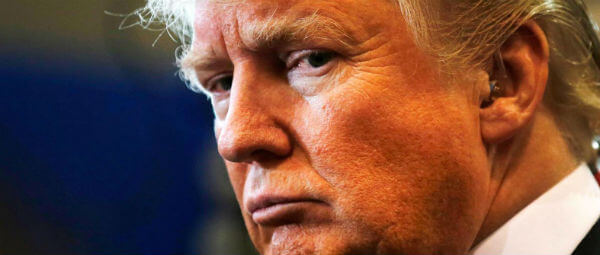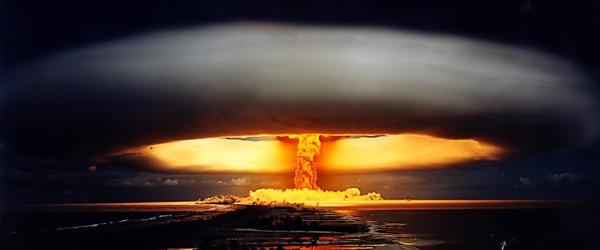Jeffrey Lewis writes: The other day, a little present arrived in the mail. It was book, or rather a pair of doorstops. Titled Doomed to Cooperate, the massive two-volume set is about 1,000 pages of essays, interviews, and vignettes from more than 100 participants in the remarkable period of cooperation between the nuclear weapons complexes of the United States and Russia in the immediate post-Cold War period. Siegfried Hecker, who edited the volumes, titled them after the remark of a Soviet scientist, who said of the shared danger that nuclear weapons pose, “Therefore, you know, we were doomed to work together, to cooperate.” Not everyone got the message, certainly not Vladimir Putin. Set against relations between Washington and Moscow today, the incredible stories in Hecker’s two volumes seem to be from another era entirely. On Monday, Putin issued a decree suspending a plutonium disposition agreement with the United States due to its “unfriendly actions.” (An unofficial translation is available from the Center for Energy and Security Studies in Moscow, as is a draft law submitted by the Kremlin.) Putin’s decree ends one of the last remaining forms of cooperation from that remarkable era.
“Plutonium disposition” is a fancy sort of phrase, the kind of term of art that, when I drop it at a cocktail party, sends people off to refill their drinks. But plutonium is the stuff of which bombs are made. After the Cold War, the United States and Russia agreed to dispose of tons of plutonium to make sure it could never be put back into bombs. So believe you me, when the Russians decide that maybe they should just hang on to that material for a while longer, it’s not so boring.
And we’re talking about a lot of plutonium here. If you recall the dark days of the Cold War, or maybe just read about them in a book, the United States and Soviet Union each had tens of thousands of nuclear weapons. That’s sort of insane if you think about what just one nuclear bomb did to Hiroshima and another to Nagasaki. But the United States and the Soviet Union each built stockpiles in excess of 30,000 nuclear weapons at their peak, massive arsenals of nuclear weapons that vast exceeded any conceivable purpose. And at the beating heart of the vast majority of those bombs were tiny little pits of plutonium.
Washington and Moscow have made great strides in reducing their vast nuclear arsenals, although we still have more than enough nuclear weapons to kill each other and then make the rubble bounce. The United States, for example, has reduced its stockpile from a peak of 31,255 nuclear weapons in 1967 to 4,571 in 2015. Let’s just say Russia’s stockpile is comparable, though perhaps not quite as modest.
Of course, retiring a nuclear weapon requires it to be dismantled. In the United States, a backlog of thousands of weapons awaits dismantlement. That queue stretches to 2022, and few experts think the United States will meet that target. And even once a weapon is dismantled, that still leaves the plutonium. As long as the plutonium exists, it can be turned back into a nuclear bomb.
The United States and Russia have lots and lots of plutonium left over from the Cold War. Neither country makes new plutonium anymore, or at least no weapons-grade plutonium, but don’t worry — there’s still more than enough to keep you up at night. The International Panel on Fissile Materials, at Princeton University, estimates the stockpiles of weapons-grade plutonium at 88 metric tons for the United States and 128 metric tons for Russia. To give you a sense of how much plutonium that is, it is an unclassified fact that a nuclear weapon can be made with as little as 4 kilograms of plutonium. It’s a slightly touchier subject that this is the average in the U.S. stockpile — one can make do with less. But let’s do the math: Even at 4 kilograms per nuclear weapon, 88 metric tons represents enough material for 22,000 nuclear weapons. [Continue reading…]


